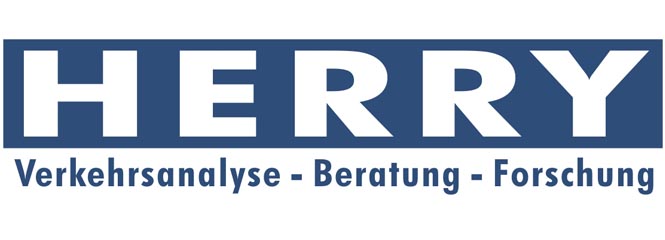Description
The subsidized housing is already making a major contribution to achieving the ambitious climate protection goals. In addition to the legal requirements, the Lower Austrian housing subsidy provides significant impetus for building energy efficiency and thus makes a contribution to minimizing building-induced CO2 pollution.
In addition, however, the building must be seen in the context of its surroundings. In rural areas in particular, urban sprawl leads to a steady increase in motorized individual traffic (MIT). In addition to local development planning approaches for better accessibility, solutions must be implemented to make sustainable and innovative mobility options for the “last mile” to and from the place of residence more attractive. The rigid parking space obligations in building law and the sometimes insufficient exchange of information with the municipalities regarding traffic concepts represent obstacles in the implementation of alternative mobility concepts for property developers.
Research approach
Mobility is seen in a holistic context – living and mobility are closely related and cannot be viewed separately. The creation of living space always induces traffic, especially in rural areas. The InnoMOB research project has recorded and tested mobility concepts that can be used by property developers under the current legal requirements, and can be implemented in a Lower Austria funding model. For this purpose, in cooperation with our project partner HERRY Consult GmbH best practice examples at home and abroad were collected and then evaluated for applicability in rural regions of Lower Austria, with reference to the spatial planning, building and housing law framework conditions.
Another central section was the survey of non-profit property developers in Lower Austria about their attitude to the subject of mobility in housing.
The evaluations resulted in specific recommendations for action for property developers, municipalities and for the Lower Austrian housing subsidy.
Overall, the project has shown that, on the basis of the current regional planning and building law, there is already the possibility of reducing motorcar parking spaces. However, only a few property developers knew of mobility contracts between housing developers and municipalities. Most of the property developers surveyed would like to increasingly implement sustainable mobility measures in their building projects in the future, provided that they are supported by the municipality, and the measures are integrated into a higher-level transport concept. The developers see additional support in the housing subsidy as an important incentive to implement innovative mobility concepts.
Details
| Duration | 01/04/2019 - 31/12/2020 |
|---|---|
| Funding | Bundesländer (inkl. deren Stiftungen und Einrichtungen) |
| Program | NÖ Wohnbauforschung |
| Department | |
| Principle investigator for the project (University for Continuing Education Krems) | Ass.-Prof. Dipl.-Ing. Dr. Daniela Trauninger |
| Project members |
Dipl.-Ing. Rudolf Passawa, MAS
|
| Project website | https://www.donau-uni.ac.at/de/universitaet/fakultaeten/bildung-kunst-architektur/departments/bauen-umwelt/forschung/projekte/innomob.html |
Team
Ass.-Prof. Dipl.-Ing. Dr. Daniela Trauninger
Publications
Passawa, R.; Schuster, M.; Steinacher, I.; Winkler, M.; Trauninger, D. (2020). Innovative Mobilitätskonzepte für den großvolumigen Wohnbau. Nachhaltige Mobilität im ländlichen Raum als Anreiz in der NÖ Wohnbauförderung.
Lectures
InnoMOB - Innovative Mobilitätskonzepte für den großvolumigen Wohnbau
Immo-Zukunftstag, 14/10/2020
